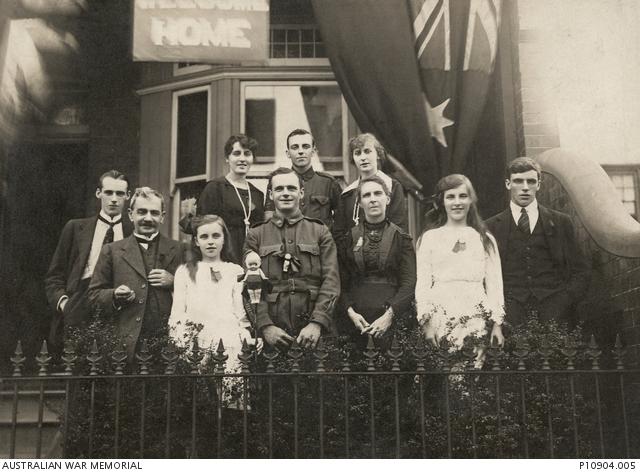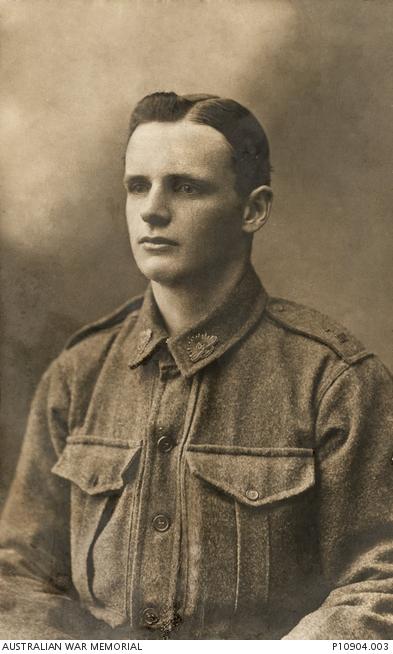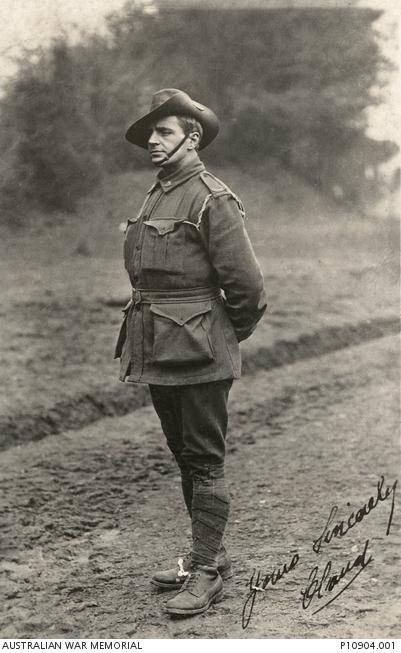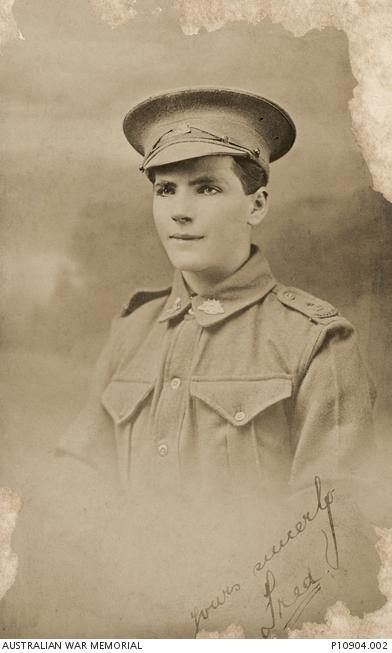'He never got over the loss'

Informal group portrait taken on the homecoming of Lance Sergeant George Edward Bingley.
George Bingley was one of three brothers who enlisted during the First World War. They would all serve on the Western Front, but George was the only one who came home.
A family portrait taken at his homecoming was on display as part of the After the war exhibition at the Australian War Memorial.
Developed as part of the Memorial’s commemorations of the Armistice that ended the First World War, the special exhibition looked at the aftermath of war over the past 100 years.
Covering conflicts from 1914 to the present day, it featured a range of objects, artworks, letters and documents that tell the personal stories of hope, love and loss of ordinary Australians whose lives have been touched by war.

Studio portrait of George Bingley taken in Sydney.
Curator Dr Kerry Neale said George’s story was particularly poignant, highlighting the conflicting emotions that many people felt at the end of the war.
“How do you celebrate a victory that has come at the cost of so many lives? How do you rejoice at the return of loved ones at the same time as you mourn the death of others?” Dr Neale said.
“The look on his mother’s face speaks to the relief, and her happiness in seeing her son return, but she’s still in black, and the family’s still wearing their mourning bands.
“There is a kind of stoic, almost reserved, look of relief; she doesn’t want to celebrate too much because she has lost so much as well.”
A motor body-builder from Darlington, George enlisted in August 1915. His brother Frederick had already enlisted, and his older brother Claud would enlist the following year.

A locomotive fireman from Darlington, Claud Bingley enlisted in April 1916.
George was initially posted to the 4th Battalion, before being transferred to the 53rd Battalion in February 1916, and then to the 14th Machine Gun Company in May 1916.
His older brother Claud was killed in action at Bullecourt in May 1917. It was his first day in battle and he was just 25 years old. He was buried by his comrades, but the location of his grave was lost in the subsequent fighting and today his name is recorded on the Australian National Memorial at Villers-Bretonneux in France.
Less than a year after losing his brother, George suffered shrapnel wounds to his arm and leg and was hospitalised in England. He was discharged for training in August 1918, where he received the news that his younger brother Frederick had also been killed.
Frederick had served during the crucial battle of Amiens and was killed in action in September 1918 near Brusle. He was 21 years old and has no known grave. His name is recorded alongside his brother’s on the Australian National Memorial at Villers-Bretonneux.

A junior clerk from Darlington, Frederick Bingley enlisted in August 1915.
George was still training when the Armistice was signed in November 1918. He returned to Australia in April 1919 to discover that, in his absence, his fiancée had married someone else. George never married, and family members say he never recovered from the loss of his two brothers. He died in 1974.
“George felt that loss too,” Dr Neale said. “He had been engaged before he went away and his fiancée had married somebody else while he was serving.
“He never married and … he never got over the loss of his two brothers. He lived a life that was very much overshadowed by the loss and the trauma from the First World War.
“It was a moment in his life … but it influenced everything that came after. He could never recover from that loss, and you can see it in that photo.
“The looks on their faces, and particularly his mother’s, says it all. You can just see that she’s overjoyed that her son has come back, but at the same time, she’s lost two other sons, and her heart would have been breaking.”
The After the war exhibition ended on 15 September 2019.